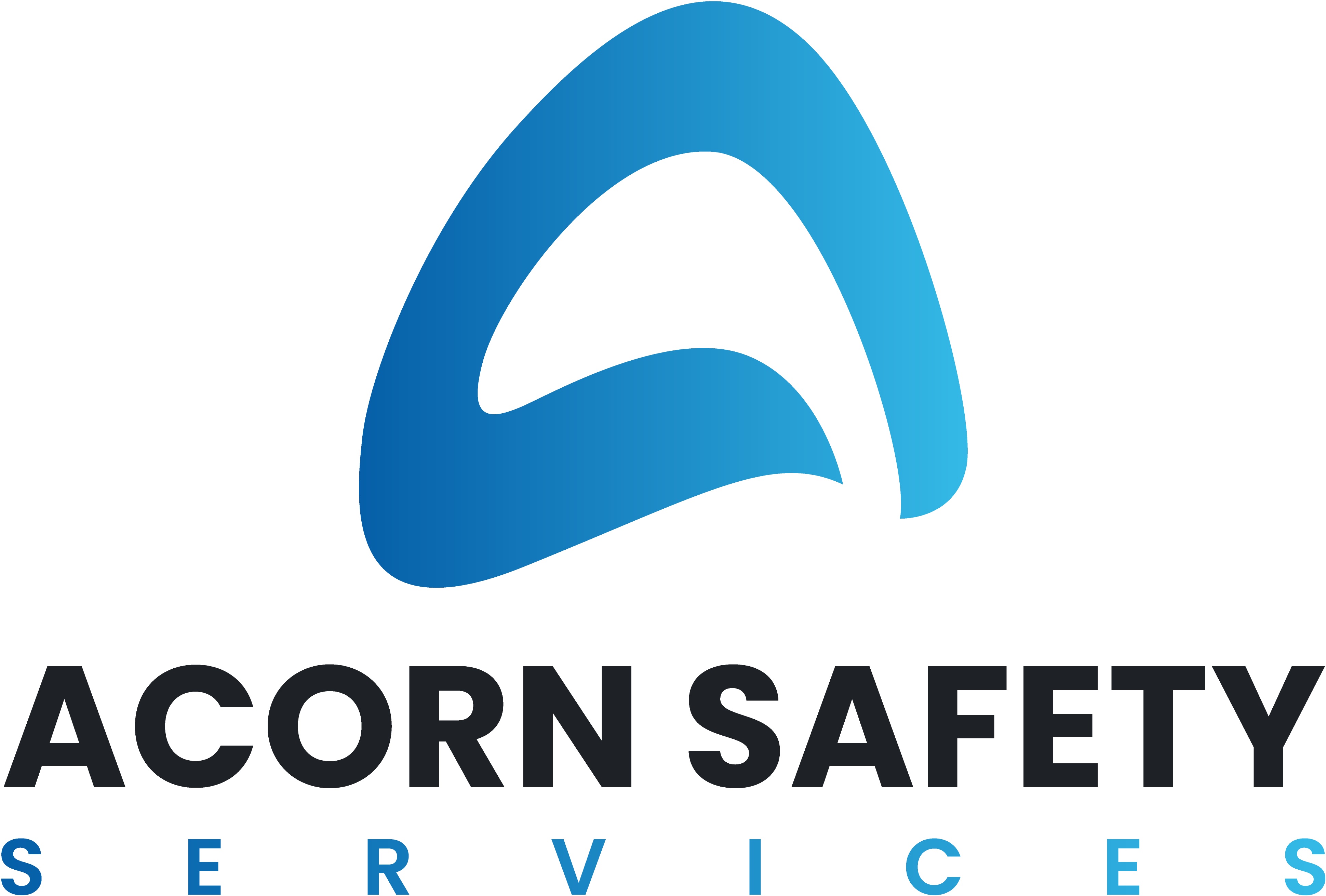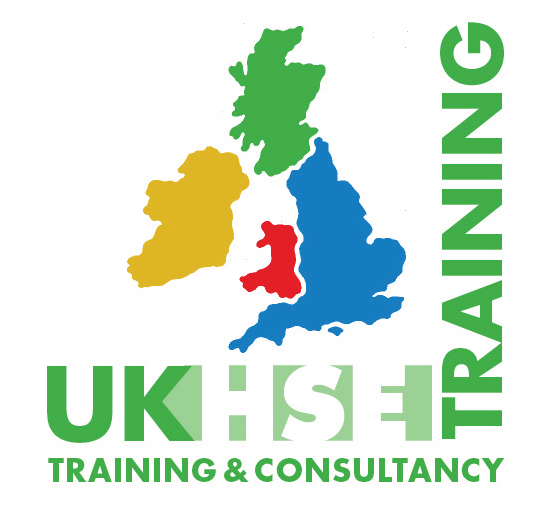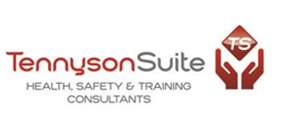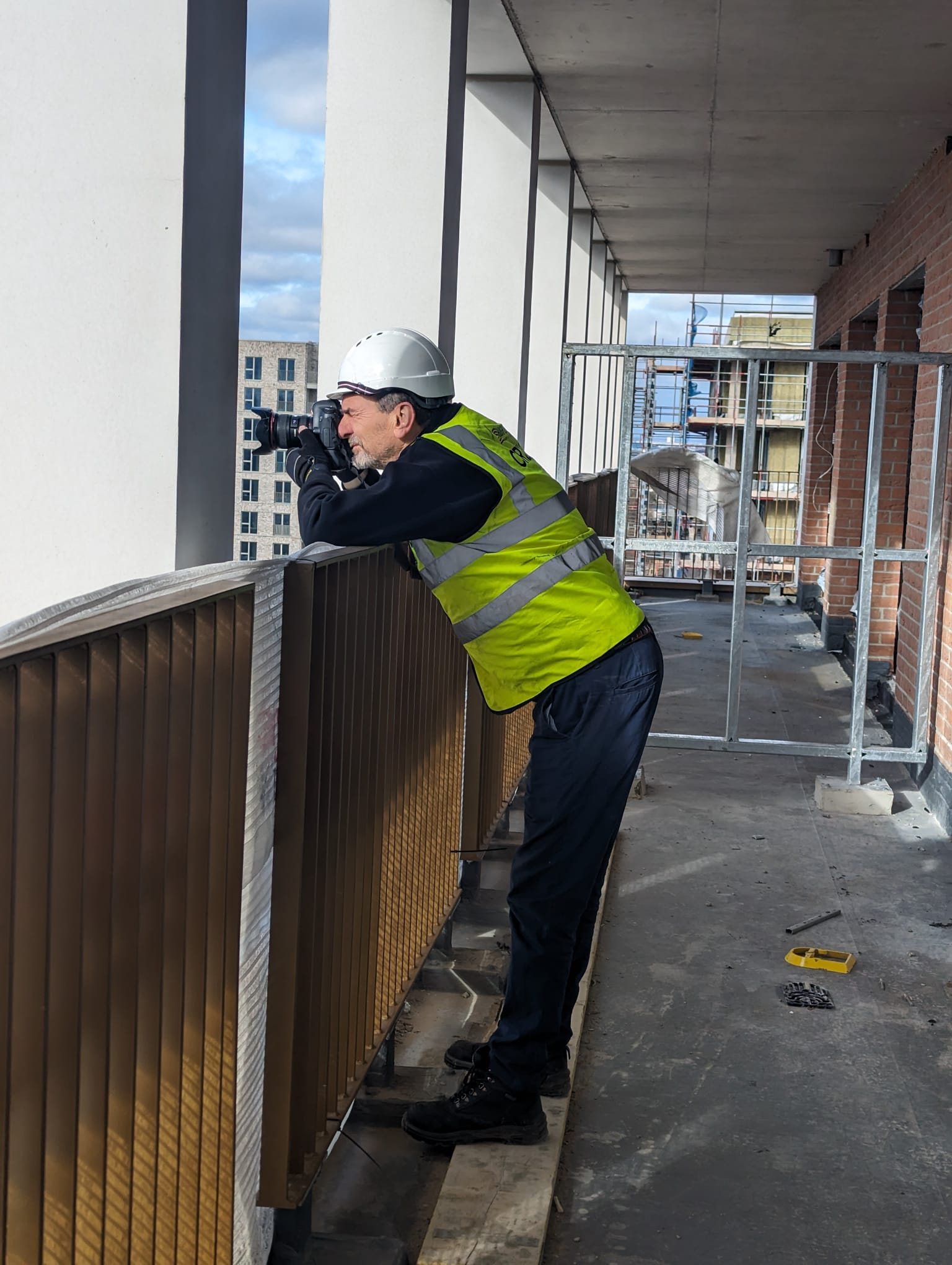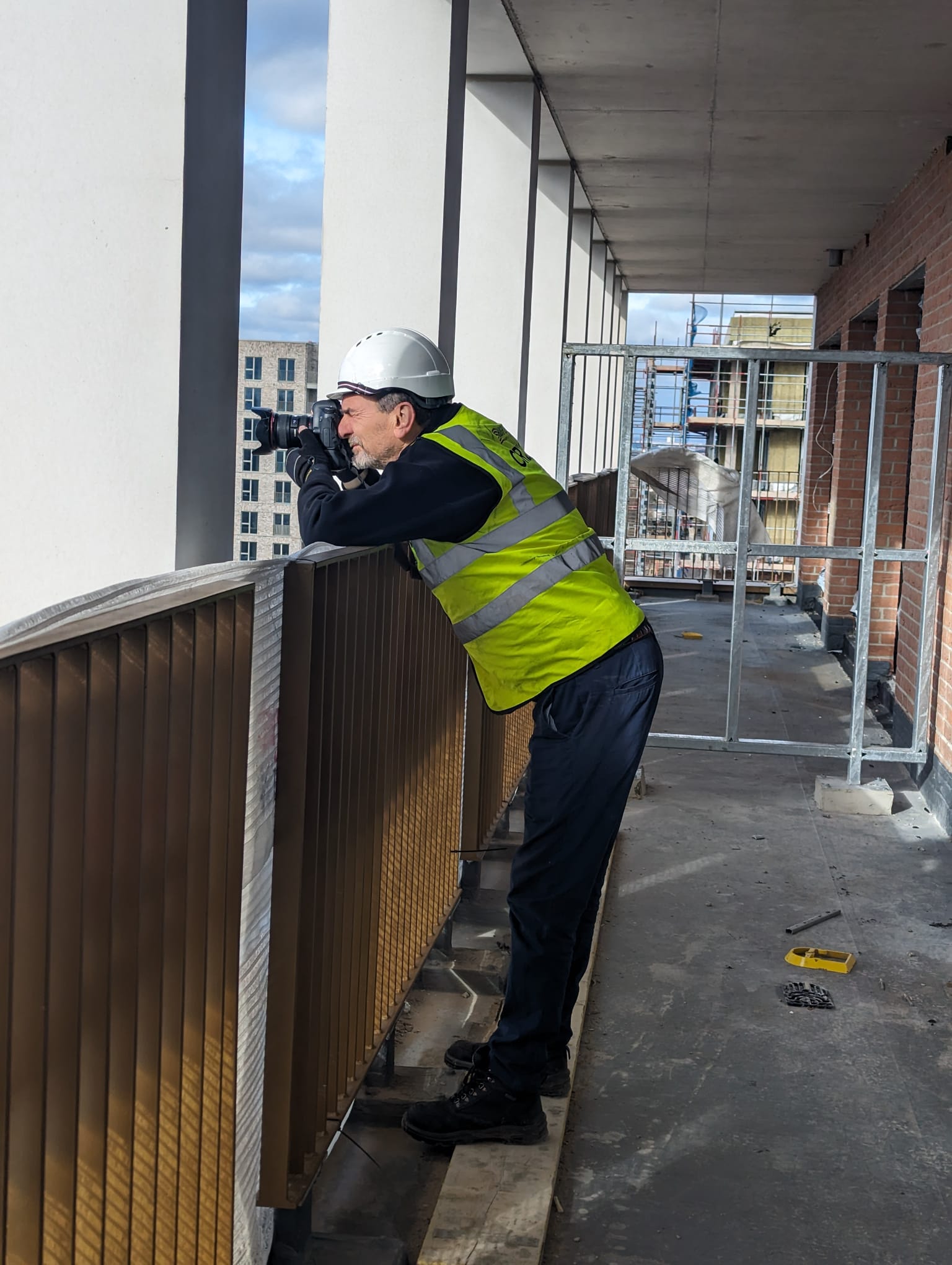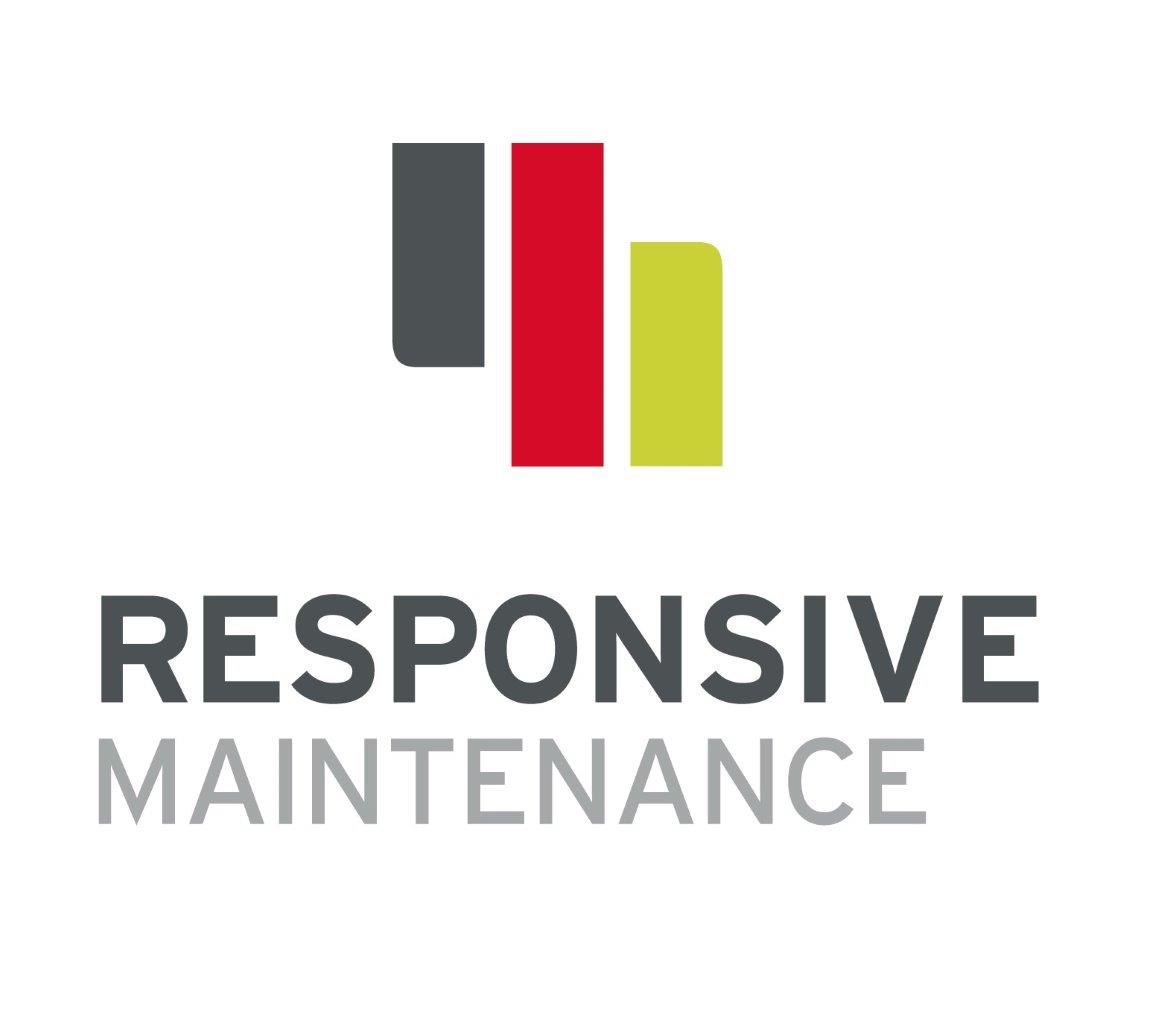Information
-
Audit Title
-
Document No.
-
Client / Site
-
Conducted on
-
Prepared by
-
Location
-
Personnel
Part 1: KEY INFORMATION
Person Consulted
-
Name
-
Email address
-
Telephone number
Responsible Persons
-
What is the name of the person responsible for the organisation?
-
What is the name of the person responsible for the site/building?
-
What is the name of the responsible person for fire safety?
-
Are there any additional fire wardens at the premises
-
What is the name of the landlord? (if applicable)
1 The Building
-
A brief description of the building/site:
-
What is the purpose of the building/Premises
-
When was the building constructed? (approximately)
-
What is the building/site construction? Brick Concrete Wood Fabricated/insulated panels
-
What is the number of floors?
- 1
- 2
- 3
- 4
- 5
- 6
- 7
- 8
- 9
- 10
-
What is the approximate building/site floor area: (m2)?
-
A brief description of the neighbouring environment (if applicable).
2 The Occupants
-
What is the total number of individuals employed for the site? (if applicable)
-
What could be the maximum number of employees on site at any given time? (if applicable)
-
What could be the possible maximum number of members of the public/visitors on site at any given time? (if applicable)
3 Occupants At Special Risk
-
Are there any residential properties in or attached to the building?
-
Are there any sleeping occupants on site?<br>
-
Are there any young people on site?<br>
-
Are there any disabled people on site?<br>
-
Are there any pregnant persons on site?<br>
-
Are there any remote or isolated people on site?<br>
4 Previous Fire Loss Experience
-
Is there any previous history of fire loss in the premises?<br>(if so, give details)
5 Other Relevant Background
-
Is there any prohibition notices in force for the site?<br>(if so, give details
-
Is there any improvement notices in force for the site?<br>(if so, give details)
-
Is there any other enforcement notices in force for the site?<br>(if so, give date of issue and date when work is to be completed by)
Part 2: FIRE HAZARDS AND ELIMINATION OR CONTROL
6 Electrical Sources Of Ignition
-
Are reasonable measures taken to prevent fires of electrical origin?
-
Is the fixed wiring installation periodically tested and inspected?<br>(usually within five years)
-
Are all portable appliances tested/inspected?<br>
-
Are electrical server and riser cupboards secured against unauthorised entry and protected by fire doors?
-
Is there a suitable limitation on the use of extensions, leads and adapters?
-
Are staff aware of the use of personal electrical appliances on site?
-
Is luminous discharge lighting installed?<br>If so, does the installation meet with current standards?
7 Smoking
-
Are reasonable measures taken to prevent fires as a result of smoking?
-
Is smoking prohibited in the building and appropriate prohibition signage at entrances?
-
Is smoking prohibited in work vehicles with appropriate prohibition signage provided?
-
Is there any evidence of breaches of the smoking policy?
8 Arson
-
Is the site secure against arson?<br>(if applicable)
-
Is the building secure against arson?<br>(if applicable)
-
Is there sufficient control of unnecessary fire load in close proximity to the building or available for ignition by outsiders, this could building skips, materials or waste
9 Portable Heaters And Heating Installation
-
Is the use of portable heaters avoided as far as reasonably practicable?
-
If portable heaters are used, are the more hazardous types (radiant bars and LPG) avoided?
-
If portable heaters are used are suitable measures taken to minimise the risk of ignition of combustible materials?
-
Are all fixed heating installations (boilers and fixed heating equipment) subject to regular inspection and maintenance?<br>(at least annually)
10 Cooking Facilities
-
Are reasonable measures taken to prevent fires of cooking material source?
-
Are ductwork, extraction and ventilation filters cleaned or changed regularly?<br>(annually for light work, 6 monthly for moderate use and 3 monthly for heavy use)
-
Are suitable extinguishers available in the near-vicinity of cooking?<br>(fixed system, portable including fire blankets
11 Lightning
-
Does the building have a lightning protection system? <br>(if applicable)
-
If so, has it been periodically tested under standard BS6651?<br>(at least annually)
12 Other Significant Ignition Sources That Warrant Consideration
-
List any other ignition/ fuel sources:
13 Housekeeping
-
Is the standard of housekeeping adequate, including loft areas (If applicable)
-
Are combustible materials/supplies/stores separated from ignition sources?
-
Is the unnecessary build up of combustibles and waste on site avoided?
-
Is there appropriate storage of combustible materials?
14 Hazards Introduced By Contractors And Building Works
-
Is there sufficient control over works conducted by in-house maintenance personnel?
-
Is there sufficient control over works conducted by external contractors?<br>(permits to work, hot works permits etc.)
-
Is there a health and safety induction of contractors include fire safety conditions and instructions for the site/premises
15 Dangerous Substances
-
Are dangerous substances present on the premises?
-
Has the material safety data sheet for all hazardous substances on site been obtained?<br>(at least five yearly)
-
Have assessments been conducted for all hazardous substances on site?<br>(at least annually)
-
Has an assessment for any explosive substances (compressed gas etc.) on site been conducted?<br>(at least annually) if applicable
-
Is there appropriate ventilated, secure and signed storage of compressed gas cylinders, away from ignition sources? If applicable
Part 3: FIRE PROTECTION MEASURES
16 Means Of Escape
-
Is there a reasonable distance of travel where there is a single direction of escape?
-
Is there reasonable distances of travel where there are alternative means of escape?
-
Are internal escape routes unobstructed, clear and adequately maintained?
-
Do doors on fire escape routes open in the direction of travel?
-
Is there a sufficient number of final exit doors?<br>Are the exits sufficiently distributed?
-
Have sliding or revolving doors been avoided as final exit doors?
-
Are final exit doors easily and immediately openable where necessary?<br>(not blocked, restricted or locked)
-
Are there adequate means of securing final exit doors?<br>(panic exit hardware, single-action lock etc.)
-
Do final exit doors open in the direction of travel (where necessary)?
-
Are there suitable means of escape for disabled occupants?
-
Are external fire escape staircases and gangways suitable?<br>(if applicable)
-
Are external escape routes unobstructed?<br>Do they lead to an assembly point?
17 Measures To Limit Fire Spread And Development
-
Is there a sufficient standard of fire-resisting construction for compartmentation and sub-compartmentation?
-
Are fire doors provided for protection of high risk locations? If applicable
-
Are all fire doors for internal rooms fitted with intumescent strips, cold smoke seals, self-closing mechanism and gaps around the door of 3mm or less?
-
Has it been ascertained whether fire doors that are held open by magnetic holders or audible door stops, do shut on activation?<br>(if applicable)
-
Are all fire doors that divide sections of the site fitted with intumescent strips, cold smoke seals, self-closing mechanism and gaps around the door of 3mm or less?
-
Are all fire doors on escape routes fitted with intumescent strips, cold smoke seals, self-closing mechanism and gaps around the door of 3mm or less?
-
Are all holes and gaps used to pass service cables and pipes between compartments been suitably fire and smoke stopped?
-
Is there cladding facade attached to the external surfaces of the building?<br>If so, are cavity barriers provided to close the edges of cavities, around openings and in-line with every compartment floor and wall?
-
Has a periodic condition survey of any building facades cladding been conducted? <br>(if applicable)
18 Escape Lighting
-
Is there a reasonable standard of escape lighting provided?<br>Does it illuminate automatically?<br>Does it provide cover for all escape routes?
-
If portable lighting is used as an alternative, is it appropriate?<br>(if applicable)
19 Fire Safety Signs And Notices
-
Are internal fire doors suitably signed?
-
Are manual call points suitably signed?<br>(if applicable)
-
Is portable fire-fighting equipment suitably signed?
-
Are escape routes suitably signed?
-
Are final exit doors suitably signed?<br>Is panic exit hardware (if applicable) suitably signed ("push bar")?
-
Are assembly points suitably signed?<br>(if applicable)
20 Means Of Giving Warning In The Event Of Fire
-
Is there automatic fire detection for the site?<br>
-
Are there manual call points on site?<br>If so, can they be reached within 45metres of travel (25metres if occupants are mobility impaired)?
-
Is alarm raised by other means?<br>(air-horn, hand-bell etc.)
-
Can alarm sounders be sufficiently heard?<br>(minimum of 65 decibels in all areas)<br>(minimum of 75 decibels heard at the bed-head for sleeping occupants)
-
Does the alarm system have flashing/strobe lights?
21 Manual Fire Extinguishing Appliances
-
Is there a suitable and sufficient provision of portable fire extinguishers on site?<br>(maximum travel distance of 30metres to a device)
-
Are extinguishers suitable for the class of fire likely to occur in the location?
-
Are extinguishers readily accessible?<br>(not obstructed)
-
Are extinguishers mounted on walls or stood on bases etc.<br>
-
Are hose reels provided?
-
Is there a wet-riser system provided?
-
Is there a dry-riser system provided?
22 Automatic Fixed Fire Fighting Suppression Systems
-
Is there a sprinkler system provided?
-
Is there a Co2 gaseous suppression system provided?
-
Is there a chemical suppression system provided?
-
Is there a high expansion foam system provided?
-
Is there an inert halocarbon gaseous suppression system provided?
-
Is there a smoke curtain system provided?
23 Facilities, Equipment And Devices For The Protection Of Fire-Fighters
-
Are there any provisions provided for the use of the fire service personnel?
Part 4: MANAGEMENT OF FIRE SAFETY
24 Procedures And Arrangements
-
Is there a suitable fire emergency plan/arrangements in place?<br>Including the actions to be taken on finding fire or hearing the alarm.<br>Possible making equipment and substances safe.<br>Possible personal evacuation plans (PEEP) for disabled persons, high risk personnel or animals (if applicable).<br>Designation and training of personnel.
-
Is there a diagram of the site, indicating the basic layout, significant risks, escape routes, exits and location of safety equipment?
-
Is there adequate co-operation and co-ordination between others when multi-occupancy?<br>(if applicable)
-
Is the fire emergency plan readily available for staff to read?
-
Is there a sufficient number of named/designated persons nominated to respond to fire? (Fire Wardens)
-
Is there a suitable external assembly point/place of ultimate safety?<br>(equating to at least the height of the building, measured along the ground)
-
Do any refuge areas for "stay put" individuals have a two-way communication system?<br>(if applicable)
-
Are appropriate "actions in the event of fire" signs displayed throughout the site that inform employees and visitors
25 Training And Drills
-
Are staff provided with fire safety information during induction?<br>To include:<br>Fire risks in the site.<br>General fire precautions.<br>Actions in the event of finding fire.<br>Actions on hearing the fire alarm.<br>Operation of manual fire points.<br>Location and use of portable fire extinguishers.<br>Means off summoning the emergency services.<br>Identity of designated fire personnel.
-
Do staff receive periodic refresher fire safety training at suitable intervals?
-
Are there sufficient channels of fire safety communications between employer and employees?<br>(health and safety meetings, notice-boards etc.)
-
Are fire evacuation drills carried out at appropriate intervals?<br>(minimum of annually)
26 Testing And Maintenance
-
Is there periodic servicing of the fire detection and alarm system by a competent engineer?<br>(at least annually)
-
Is there periodic testing of the fire detection/alarm system/call-points by a designated person?<br>(weekly or monthly)
-
Is there periodic maintenance of the emergency lighting system by a competent engineer?<br>(at least annually)
-
Is there periodic testing of the emergency lighting system by a designated person?<br>(monthly - automatic illumination)<br>(six monthly - 1/3 illumination - illuminates for at least one hour)<br>(annual - full discharge - illuminates for at least three hours)
-
Is there periodic maintenance of the fire extinguishing equipment by a competent engineer?<br>(at least annually)
-
Is there periodic inspections of fire extinguishing equipment by a designated person?<br>(weekly or monthly)
-
Is there periodic inspections of internal fire doors and external final exit doors and emergency routes conducted by a designated person?<br>(weekly or monthly)
-
Is there periodic inspections of fire escape staircases and gangways conducted by a designated person?<br>(weekly or monthly)
27 Records
-
Are there records of fire training?
-
Are there records of fire drills?
-
Are there records of fire alarm tests and maintenance?
-
Are there records of emergency lighting tests and maintenance?
-
Are there records of maintenance and testing of other fire protection systems?
Part 5: RISK RATING AND RECOMMENDATIONS
Risk Items
-
Item 1
-
Probability (likelihood of fire)
-
Consequence (impact on life safety)
-
Risk rating score (probability x consequence)
- 1
- 2
- 3
- 4
- 5
- 6
- 7
- 8
- 9
- 10
- 11
- 12
- 13
- 14
- 15
- 16
- 17
- 18
- 19
- 20
- 21
- 22
- 23
- 24
- 25
-
Recommendations
-
Action
-
Item 2
-
Probability (likelihood of fire)
-
Consequence (impact on life safety)
-
Risk rating score (probability x consequence)
- 1
- 2
- 3
- 4
- 5
- 6
- 7
- 8
- 9
- 10
- 11
- 12
- 13
- 14
- 15
- 16
- 17
- 18
- 19
- 20
- 21
- 22
- 23
- 24
- 25
-
Recommendations
-
Action
-
Item 3
-
Probability (likelihood of fire)
-
Consequence (impact on life safety)
-
Risk rating score (probability x consequence)
- 1
- 2
- 3
- 4
- 5
- 6
- 7
- 8
- 9
- 10
- 11
- 12
- 13
- 14
- 15
- 16
- 17
- 18
- 19
- 20
- 21
- 22
- 23
- 24
- 25
-
Recommendations
-
Action
-
Item 4
-
Probability (likelihood of fire)
-
Consequence (impact on life safety)
-
Risk rating score (probability x consequence)
- 1
- 2
- 3
- 4
- 5
- 6
- 7
- 8
- 9
- 10
- 11
- 12
- 13
- 14
- 15
- 16
- 17
- 18
- 19
- 20
- 21
- 22
- 23
- 24
- 25
-
Recommendations
-
Action
-
Item 5
-
Probability (likelihood of fire)
-
Consequence (impact on life safety)
-
Risk rating score (probability x consequence)
- 1
- 2
- 3
- 4
- 5
- 6
- 7
- 8
- 9
- 10
- 11
- 12
- 13
- 14
- 15
- 16
- 17
- 18
- 19
- 20
- 21
- 22
- 23
- 24
- 25
-
Recommendations
-
Action
-
Item 6
-
Probability (likelihood of fire)
-
Consequence (impact on life safety)
-
Risk rating score (probability x consequence)
- 1
- 2
- 3
- 4
- 5
- 6
- 7
- 8
- 9
- 10
- 11
- 12
- 13
- 14
- 15
- 16
- 17
- 18
- 19
- 20
- 21
- 22
- 23
- 24
- 25
-
Recommendations
-
Action
-
Item 7
-
Probability (likelihood of fire)
-
Consequence (impact on life safety)
-
Risk rating score (probability x consequence)
- 1
- 2
- 3
- 4
- 5
- 6
- 7
- 8
- 9
- 10
- 11
- 12
- 13
- 14
- 15
- 16
- 17
- 18
- 19
- 20
- 21
- 22
- 23
- 24
- 25
-
Recommendations
-
Action
-
Item 8
-
Probability (likelihood of fire)
-
Consequence (impact on life safety)
-
Risk rating score (probability x consequence)
- 1
- 2
- 3
- 4
- 5
- 6
- 7
- 8
- 9
- 10
- 11
- 12
- 13
- 14
- 15
- 16
- 17
- 18
- 19
- 20
- 21
- 22
- 23
- 24
- 25
-
Recommendations
-
Action
-
Item 9
-
Probability (likelihood of fire)
-
Consequence (impact on life safety)
-
Risk rating score (probability x consequence)
- 1
- 2
- 3
- 4
- 5
- 6
- 7
- 8
- 9
- 10
- 11
- 12
- 13
- 14
- 15
- 16
- 17
- 18
- 19
- 20
- 21
- 22
- 23
- 24
- 25
-
Recommendations
-
Action
-
Item 10
-
Probability (likelihood of fire)
-
Consequence (impact on life safety)
-
Risk rating score (probability x consequence)
- 1
- 2
- 3
- 4
- 5
- 6
- 7
- 8
- 9
- 10
- 11
- 12
- 13
- 14
- 15
- 16
- 17
- 18
- 19
- 20
- 21
- 22
- 23
- 24
- 25
-
Recommendations
-
Action
-
This assessment will be valid upon completion of the follow-up actions and recommendations and will remain so until the stated review date unless there is a change to the premise/processes or a change in legislation that effects the fire safety arrangements. As a consultancy and training organisation specialising in helping organisations to be compliant with their legal health and safety responsibilities, we can help with any of the recommendations or other services you may require.
-
Client representative name
-
Assessor name
-
Pictures
Re-Assessment
-
Recommended Date For Re-Assessment






